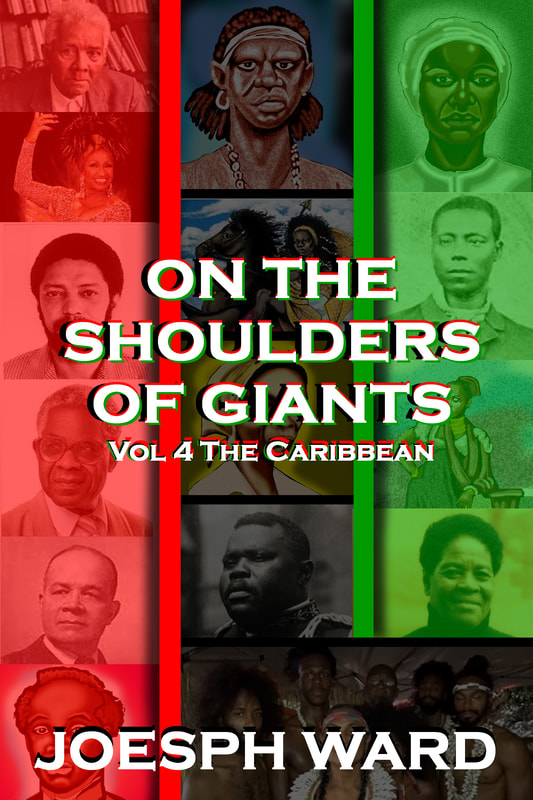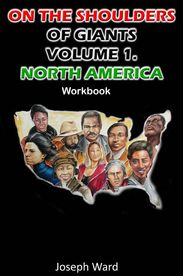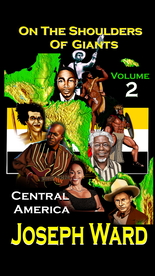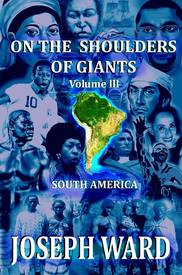|
The legend John Horse was born near Micanopy, Florida during the time of the War of 1812, his mother was an African woman who was a slave of his father, who was a Seminole Indian slave trader named Charley Cavallo. John Horse and his mother were the property of Cavallo but lived in one of the Oconee Seminole settlements populated by black people along the Suwannee River. In 1817 during the First Seminole War, John Horse’s settlements along with others were raided by American forces led by then President Andrew Jackson. They displaced many families and enslaved a number of the black people they captured; following the displacement of the Seminoles John Horse was living amongst the Oconee Seminoles near the Tampa Bay. As a child John Horse was known as Juan, he earned the name “Gopher John” after it was discovered that he was swindling his personal cook, he would sell him the same tortoise pretending it was different tortoises, in exchange for the cook’s meals; the particular tortoise he was using was the gopher tortoise. As John Horse grew into manhood he would join his fellow Seminole warriors in their fight against the American forces. The Second Seminole War began in 1835 and the American forces were trying to force the Seminoles and the blacks off of their lands. During the war John Horse served as a field officer, translator, War Chief and political negotiator for the Seminoles. As the war drew on John Horse and other blacks were promised freedom and allies if they would surrender to the American troops and agree to be relocated. Horse agreed to the terms and was later “granted” his freedom papers by General William J. Worth and was quickly shipped to Indian Territory in Mississippi; John Horse also learned that he was lied to because all the blacks who agreed to relocate were not freed, including his second wife and children. During his time as an active body in the Second Seminole War John Horse served the Americans as a scout and translator, this experience helped him have a better view of their American enemies as he became a leader of the black Seminoles in Mississippi. This experience also helped John Horse return to Florida and continued to work as a go between for the Seminoles and the American forces. He allowed himself to be used in convincing fellow Seminole Chief Wild Cat to give up his land and move to the territory in Mississippi; once his job was done he too was shipped back to the territory. Mercy was shown to John Horse by the Seminole Counsel and Chief Micanopy as they agreed to grant John Horse his nominal freedom from ownership of the Seminole Nation; this was his third time being freed. It is said that the Seminole Indian transplants into the territory in Mississippi were living under the jurisdiction of the Creek Indians who had different cultural practices. One of the cultural differences was the practice of chattel slavery; the Seminoles did not practice chattel slavery and lived in harmony with free blacks. The other Indian tribes did not want the free blacks to associate with the Seminoles and tempt their black slaves to seek freedom. The free blacks and black Seminoles soon became targets of raids by the other tribes and whites to capture and enslave as many of the blacks as they could. This prompted John Horse and Wild Cat to organize and resist the raids. When Seminole War Chief Dembo Factor was captured John Horse, Wild Cat and the Creek counsel protested the kidnaping and eventually won the release of Dembo Factor. In 1844, John Horse would travel to Washington D.C. to argue for a separate land grant for the Seminole Indians outside of Creek territory. They were denied but John Horse was determined to get change for his people. He traveled to Washington D.C. once again by himself to appeal to General Jesup, he convinced Jesup to visit the Indian Territory for himself, following Jesup’s visit two new facilities were built for the Seminoles outside of Fort Gibson under the protection of their Army. Large numbers of Seminoles moved to the facilities but they still lived under the threat of raids by the Creeks, whites and others. John Horse was attacked once and shot by what was considered as a creek assassination attempt, after the attack John and his family moved back into the walls of the fort. Marcellus and William Duval were two white men with connections in Washington working to reinstate chattel slavery for black Seminoles; they were working hard to persuade then President James Polk to enslave the black Seminoles. General Jesup’s granting for the freedom the black Seminole was deemed illegal by John Mason and the Seminole Counsel, the black Seminoles were once again considered chattel slaves of the Seminoles. The Seminoles were forced back into the territory of the Fort in Mississippi and because the free blacks and the black Seminoles were considered slaves again up to 280 of them were kidnapped and enslaved. John Horse and Coacoochee led a protest against the enslavement of blacks and black Seminoles, the two men would also led over one hundred blacks into Texas fleeing slavery from 1849 to 1850; and they were pursued by Texas Ranger’s and the Duval’s. John Horse and Coacoochee had a brief encounter with Comanche forces but managed to escape and meet up with Major John L. Sprague, at the springs of Las Moras close to the Mexican border. It was later learned that someone within the fleeing party tipped off Texas rangers of the whereabouts of John Horse, Coacoochee, Sprague and the fleeing blacks. Trying desperately to reach free lands the fleeing blacks made a dash for the Mexican border, as they reached the Rio Grande the Texas Rangers caught up with them but not soon enough. The blacks made it across the river and connected with Mexican officials in state of Coahuila. In exchange for their hospitality John Horse and his band agreed to help Mexico fight off any raids from Texas. In 1882, as a seventy year old one of his last fights came when the land the Mexican Government promised the Seminoles was being threatened by greedy land owners. John Horse rode into Mexico City to secure written agreements giving the land to the Seminoles. Unfortunately he died during his mission, but it was typical of the type of man he had become; John Horse had no problem putting the safety of his people over his own safety. He made some questionable moves during his time as a Seminole leader, some which led to increased hardships for his people, but ultimately he understood that the freedom of black people was more important to him than anything else. John Horse, we proudly stand on your shoulders. J.A. Ward. References:
http://www.blackpast.org/aaw/horse-john-1812-1882 http://www.johnhorse.com/black-seminoles/faq-black-seminoles.htm#John http://www.seminolenation-indianterritory.org/johnhorse.htm http://www.truth-out.org/news/item/38482-a-thanksgiving-ode-to-john-horse-and-the-black-seminoles https://en.wikipedia.org/wiki/John_Horse
0 Comments
Between 1840 and 1863 in Mashonaland which is present day northern Zimbabwe, was born a woman who would help change the course of history in Zimbabwe. At the time of her birth Charwe Nyakasikana was considered to be a medium between the spirit and physical realms. Nyaksikana was the daughter of Nyatsimba Mutota the first ruler of the state of Monomotapa, and was given the title of Nehanda at her birth. The spirit of Nehanda is regarded as an ancestral spirit within the cultures of Zimbabwe and South Africa. It is said that Mutota had a son Matope who was the half-brother of Nehanda Nyakasikana and his successor. Mutota wanted his son to become very powerful so he ordered his son to commit royal incest with Nehanda Nyakasikana; she was considered the physical embodiment of the Nehanda. There are 500 years of stories of the Nehanda spirit being found in various mediums throughout Zimbabwe and South Africa. In the early 1890’s European settlers began to encroach upon the areas of Mashonaland, during this time Nehanda Nyakasikana was optimistic about the character of the Europeans, she was unaware of their true intentions. She promoted building relationships with the Europeans, ordered her people to not fear them and offer them nourishment. In return for the kindness of the Shona-speaking people the Europeans enforced a “Hut Tax”, labor camps and forced the people off of their lands. In 1896 the Ndebele and Shona led a revolt which became the First Chimurenga (war of liberation) initiated by a spirit medium named Mukwati who was considered the spirit husband of Nehanda; Mukwati was later joined by Nehanda and Kaguvi a third spirit medium. These three figures were seen as essential to the rebellion, Nehanda and Kaguvi used their voices to rally the people against the whites. In 1897 Nehanda Nyakasikana was captured by the Europeans after escaping their grasp for a year. In 1898 she was put on trial for the “murder” of Native Commissioner Pollard. According to a witness Pollrd was captured, brought to Nehanda, then he was ordered by her to be killed after she had a brief conversation with him. Nehanda and Kaguvi were sentenced to death by hanging for their roles in the killing of those who supported white supremacy. Stories suggest that during the hanging of Nehanda she used her powers to delay her hanging, they had to hang her three times before she died. Once her tobacco pouch was removed she succumbed to the hanging. Before she took her last breath she uttered the words, “My bones will rise again,” indicating that their fight will continue and the Nehanda spirit will never die. Before she was hung the European Catholic Priest tried relentlessly to convert Nehanda Nyakasikana to Catholicism but she held true to her culture and traditions, even in the face of death. She used her powers to help her people and protect her people. Once she learned the true intentions of the Europeans her attention turned to ensuring the freedom of her people at all cost. Nehanda Charwe Nyakasikana, we proudly stand on your shoulders. J.A. Ward. References:
http://www.blackhistorypages.net/pages/nehanda.php http://www.blackhistoryheroes.com/2015/11/nehanda-charwe-nyakasikana-early.html http://kentakepage.com/nehanda-nyakasikana/ http://rainqueensofafrica.com/2011/03/mbuya-nehanda-a-k-a-charwe-nyakasikana-%E2%80%9Cmy-bones-shall-rise-again%E2%80%9D/ One of the most well-known and respected figures of the Arabian world, Antarah ibn Shaddad was literally considered one of the seven prolific poets of pre-Islamic era. Antarah was born in 525 AD in the Saudi Arabian region of Najd to parents Shaddād al-ʿAbsī and Zabiba. His father Shaddad al-Absi was a great warrior of the tribe of Banu Abs, his mother Zabiba was an Ethiopian slave of his father Shaddad al-Absi. Zabiba was said to be a princess captured when Shaddad and his tribe raided Ethiopia. Antara was initially rejected by his father because his mother was in servitude, in turn Antara grew up as a slave; because of his dark skin he was considered a “Black Crow.” Antara first began to improve his reputation by his displaying his excellent skills as a poet and a soldier. Antara was in love with a woman named Ablah who was said to be his cousin, his only issue was a slave could not marry. Because of his skill in battle his father Shaddad offered him a position as within the warrior class of the Abs, Antara replied to his father “the slave doesn’t know how to invade or how to defend, but is only good for milking goats and serving his masters”. His father replied to him: “Defend your tribe, O ʿAntar, and you are free”. With the promise of freedom Antara joined the warriors and led them to battle against the invaders. He gained his freedom then looked to make Ablah his wife, but before he could make her his bride he would have to face a number of challenges, his most famous challenge was capturing a special camel from the northern Arab kingdom of the Lakhmids. Antarah was also famous for participating in a battle between Abs and Dhubyans called the Great War of Dahis and Ghabra. Antara is said to have died in a battle against the tribe of Tai around 608 AD. Following the death of Antarah his poetry was curated and he became known as one of the great Arabian poets; one of his poems was included within the Mu’allaqat. The Mu’allaqat is a group of seven extensive poems which are regarded the best poetry of the pre-Islamic era. The name Mu’allaqat means “The Hanging Poems” because the poems were literally hung on or in the Ka’ba of Mecca. Antarah’s poetry is renowned because of how detailed he is in his descriptions of events within his poems. The story of Antarah and Ablah became an epic poetic story said to be written by a poet named al-asma i. One of the seven clans of Bethlehem was named after Antarah called the Anatreh. The Russian composer Nikolai Rimsky-Korsakov based his Symphony Number: 2 after the legend of Antarah. The Arabic poem Antara was translated by the French painter Étienne Dine and was followed by other versions of the work. The story of Antarah even inspired Palestinian operas and became popular within the Western world. He faced adversity early in life but literally fought to change his life, the life of his mother and wife. Antarah ibn Shaddad, we proudly stand on your shoulders. J.A. Ward |
Details
Categories
All
Click Here to join our mailing list
|
Contact Us: |
Connect With Us |
Site powered by PIT Web Design

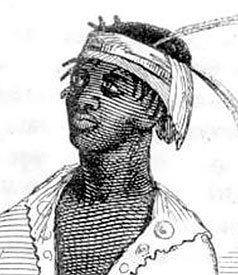
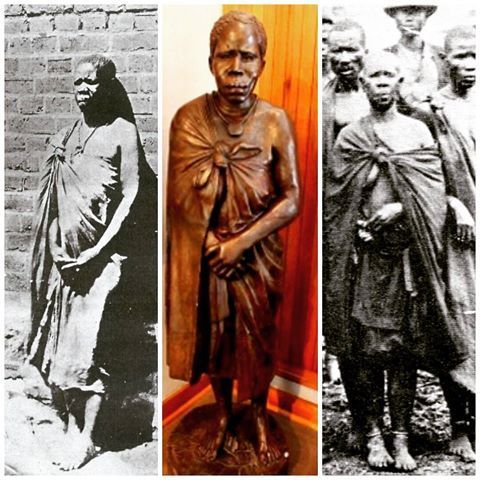
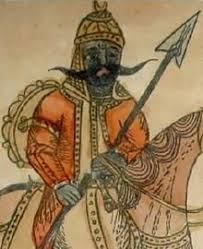
 RSS Feed
RSS Feed
